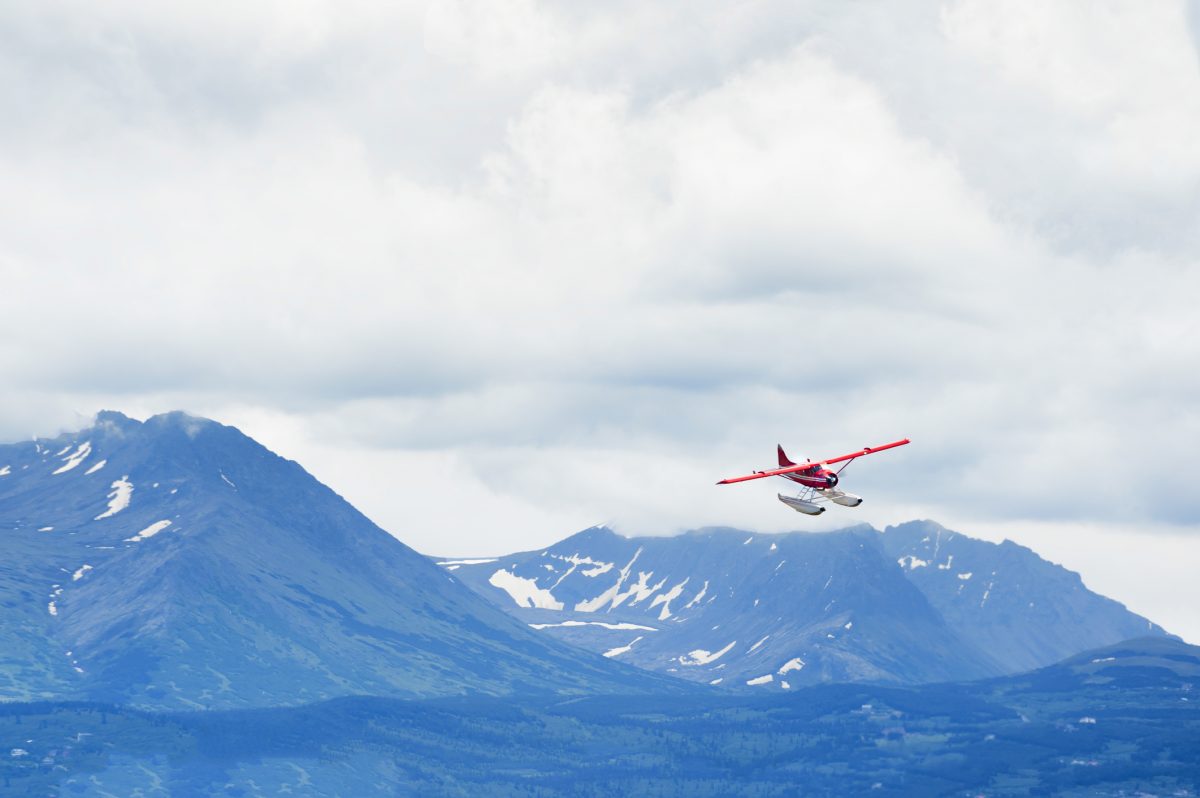
Winter weather has officially arrived in many parts of the country, meaning that your flight can be impacted by snow, ice, frost, and slush. If you’re planning on flying this winter, now is the time to prepare for runway contamination.
According to the Aeronautical Information Manual, “A runway is considered contaminated whenever standing water, ice, snow, slush, frost in any form, heavy rubber, or other substances are present. Whenever these contaminants are on the runway your aircraft is at risk of losing control or sliding off the runway. Here are some considerations for dealing with icy runway conditions that can help you stay safe and remain on the tarmac.
While icy runway incidents typically occur during landing, frozen conditions can also affect takeoff and taxi operations. Even if the runway has been cleared of snow, the freeze-thaw cycle can impact your takeoff. Consider doing a full-length runway taxi to examine the conditions first hand and remember that every takeoff is optional.
If you’re flying to a different destination, it’s a good idea to call the airport in advance and ask for the latest runaway conditions. Use Flight Service to check NOTAMs and reports from other pilots. If it’s been snowing, consider how the weather may have impacted runway conditions during your flight. The warmth of the sun can turn snow into slush, which can then freeze into ice that makes controlling your aircraft difficult and dangerous.
Landing on a contaminated runway is undeniably more risky than taking off. Experts recommend using soft-field landing techniques and gentle braking. Much like driving a car in icy conditions, give yourself plenty of room for stopping and tap and release the brakes to determine the runway’s condition. If you feel uncomfortable with your touchdown point, practice a go-around until your approach is on target.
If you’d really like to test your takeoff and landing skills in icy conditions, head to runway 1/19 at Alton Bay in New Hampshire to land on the famous 2,600-foot long “iceway,” a runway made completely of ice. The runway is only open in the winter when the ice is at least 12 inches thick across the bay.